Camping offers a wonderful escape from the demands of daily life, providing an opportunity to embrace the tranquility of nature. However, with numerous campsites available, the challenge lies in discovering the ideal spot for your camping adventure. How do you go about selecting the perfect campsite? Let’s explore some tips on choosing the best campsite for your camping experience.
Here are a few Tips for Choose the Best Campsite For Camping
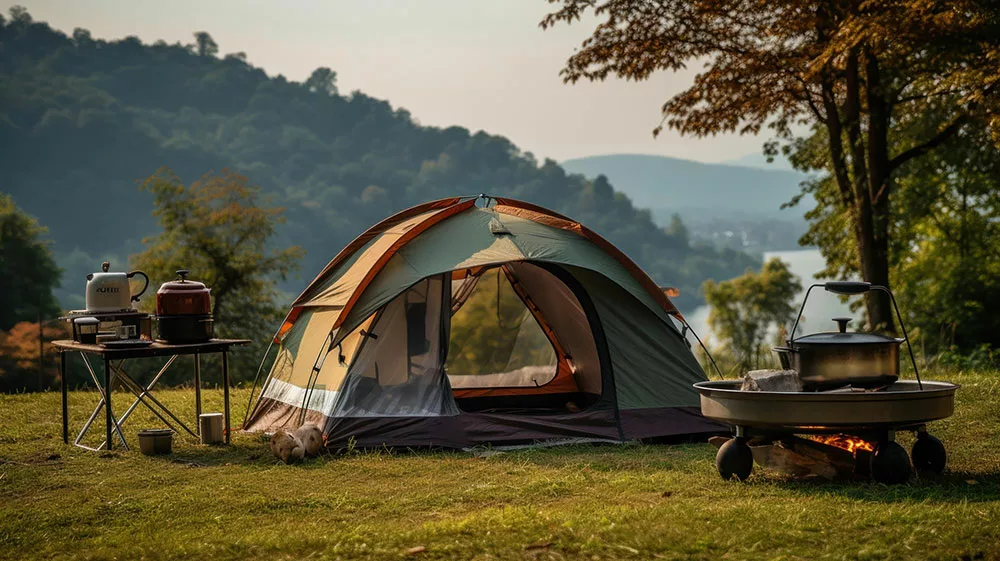
Consider the Terrain for Your Campsite
Assess the terrain of potential campsites. Look for level ground to ensure a comfortable sleeping area. Avoid areas prone to flooding or those with steep slopes.
Proximity to Water Sources For Camping
While a waterfront campsite can be scenic, be cautious about proximity to water. Choose a spot that is not too close to avoid the risk of flooding during heavy rain or high tides.
Check Campsite Amenities
Explore the amenities offered by the campground. Some may have restroom facilities, potable water, and designated cooking areas. Evaluate these features based on your preferences and needs.
Consider Privacy
Think about the level of privacy you desire. Some campers prefer secluded spots, while others enjoy a sense of community. Select a campsite that aligns with your preference for solitude or social interaction.
Look for Shade
Shade is crucial, especially in warmer weather. Choose a campsite with natural shade from trees or consider bringing a shade canopy. This enhances comfort during the day and promotes a more relaxed camping experience.
Evaluate Wind Direction
Be mindful of wind direction when choosing a campsite. Setting up your tent with the entrance facing away from prevailing winds can make the camping experience more enjoyable and comfortable.
Check for Wildlife Activity
Research local wildlife and their habits. Avoid campsites close to known animal habitats, especially if there is a risk of encounters with larger wildlife. Keep a safe distance to ensure both your safety and theirs.
Accessibility for Campsite
Consider the accessibility of the campsite. If you have specific equipment or gear, ensure the site is accessible and that you can comfortably transport your belongings to and from the location.
Regulations and Permits
Check for any camping regulations and permit requirements. Some areas may have restrictions on campfires, camping duration, or the number of campers allowed. Adhering to these regulations is essential for both safety and environmental conservation.
Prioritize Safety
Prioritize safety considerations, such as proximity to emergency exits, first aid stations, and overall visibility. Being aware of your surroundings and potential safety hazards contributes to a secure camping experience.
Test the Ground
Before pitching your tent, test the ground for comfort and stability. Remove any rocks or debris that could affect your sleep quality. A little preparation goes a long way in ensuring a good night’s rest.
Research Weather Patterns
Check the expected weather conditions for your camping dates. Be prepared for temperature fluctuations, rain, or other weather events. This knowledge helps you pack appropriate gear and make informed decisions about your campsite.
By considering these factors, you can strategically choose the best campsite for your camping adventure, ensuring a more enjoyable and comfortable outdoor experience.
Here are some specific things to consider when choosing a campsite:
Terrain
Evaluate the ground’s levelness and firmness to ensure a comfortable sleeping area. Avoid slopes and low-lying areas prone to flooding.
Proximity to Water Sources
Consider the distance to water sources. While waterfront campsites are picturesque, ensure a safe distance to prevent potential flooding during adverse weather.
Campground Amenities
Explore available amenities such as restrooms, potable water, and cooking areas. Consider your preferences and needs when selecting a site within the campground.
Privacy
Decide on the level of privacy you desire. Choose a secluded spot for solitude or a more communal area for social interactions, depending on your preference.
Shade Availability
Look for natural shade from trees or bring a shade canopy, especially in warmer weather. Adequate shade enhances comfort during the day.
Wind Direction
Consider prevailing wind direction when setting up your tent. Position the entrance away from the wind to create a more comfortable camping environment.
Wildlife Activity
Research local wildlife and their habits. Choose a site away from known animal habitats to minimize the risk of encounters. Respect wildlife and maintain a safe distance.
Accessibility
Assess the ease of accessing the campsite, ensuring it accommodates your equipment and belongings. Accessibility is crucial for a smooth camping experience.
Regulations and Permits
Check for any camping regulations and permit requirements. Adhering to these guidelines is essential for safety, environmental conservation, and compliance with local regulations.
Safety Considerations for Your Campsite
Prioritize safety by selecting a site with clear visibility, proximity to emergency exits, and easy access to first aid stations. Being aware of potential safety hazards contributes to a secure camping experience.
Ground Testing for Campsite
Before setting up your tent, test the ground for comfort and stability. Remove any rocks or debris that may affect your sleeping area, ensuring a more pleasant camping experience.
Weather Patterns
Research expected weather conditions for your camping dates. Pack accordingly for temperature fluctuations, rain, or other weather events to enhance your preparedness.
By considering these specific factors, you can make an informed decision when choosing a campsite, ensuring a more enjoyable and comfortable camping adventure


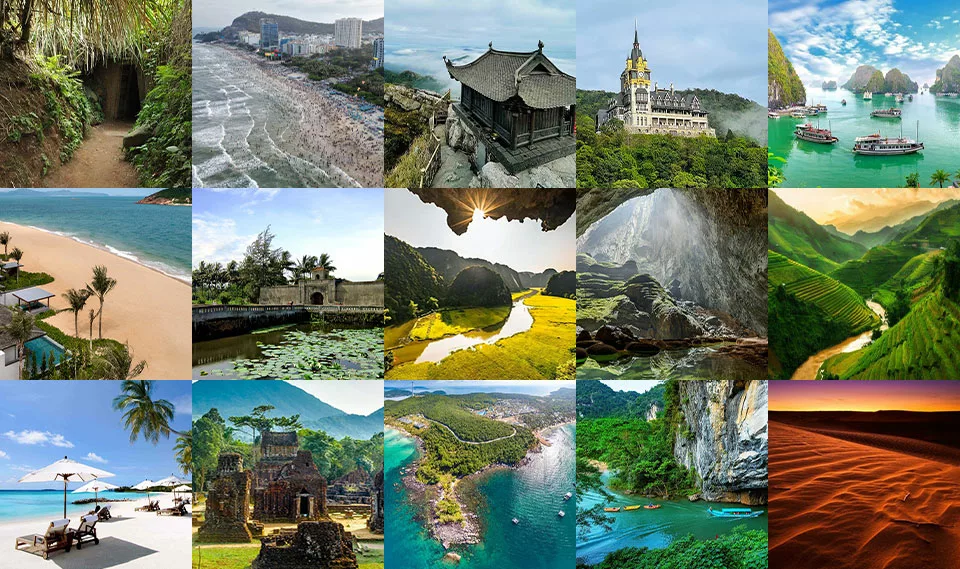

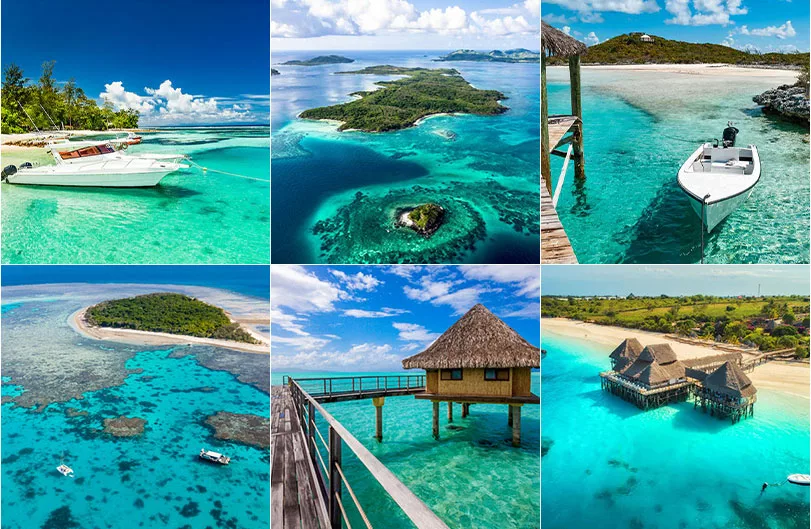
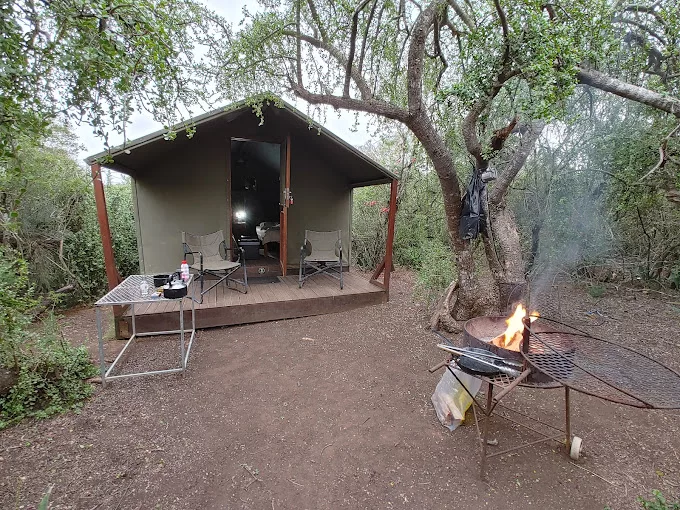
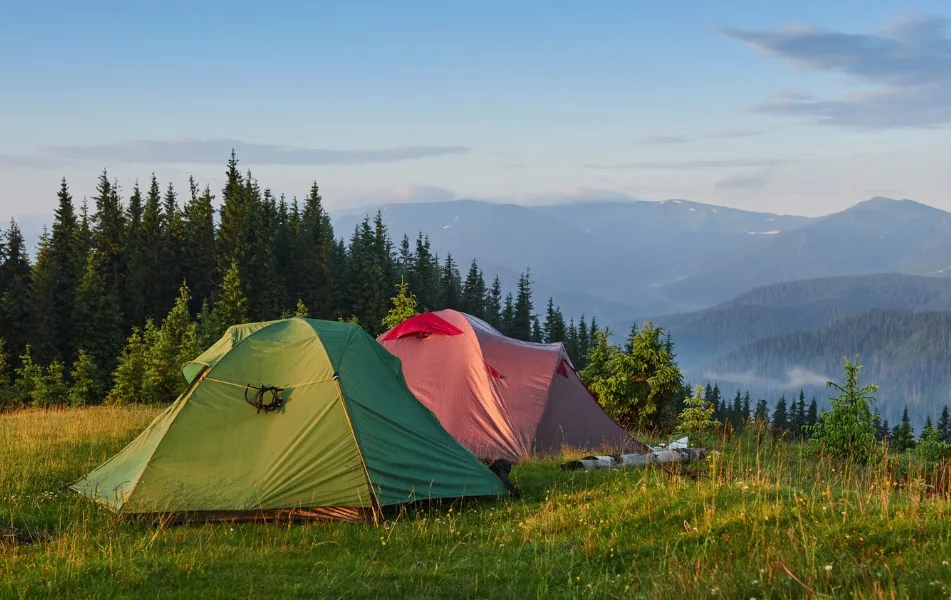



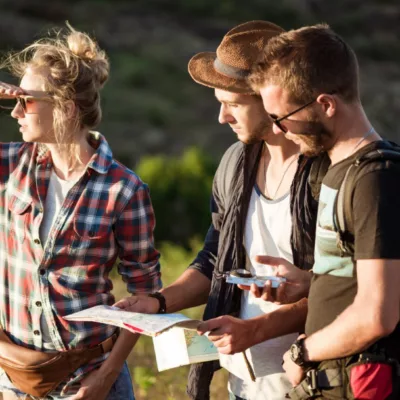
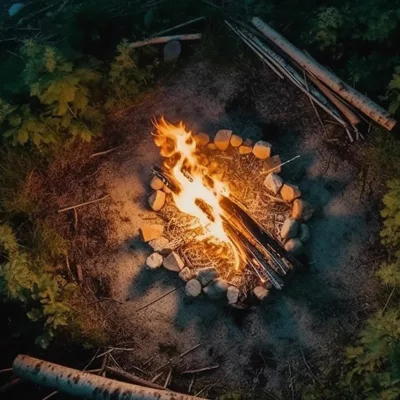

No Comment! Be the first one.